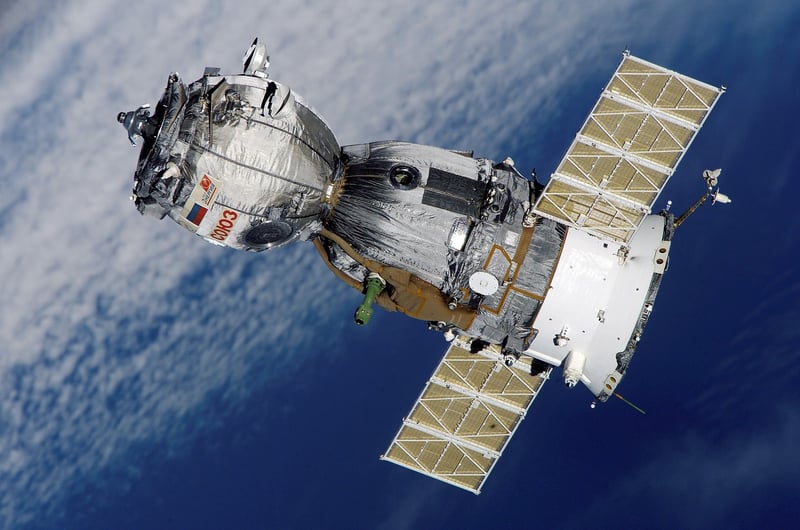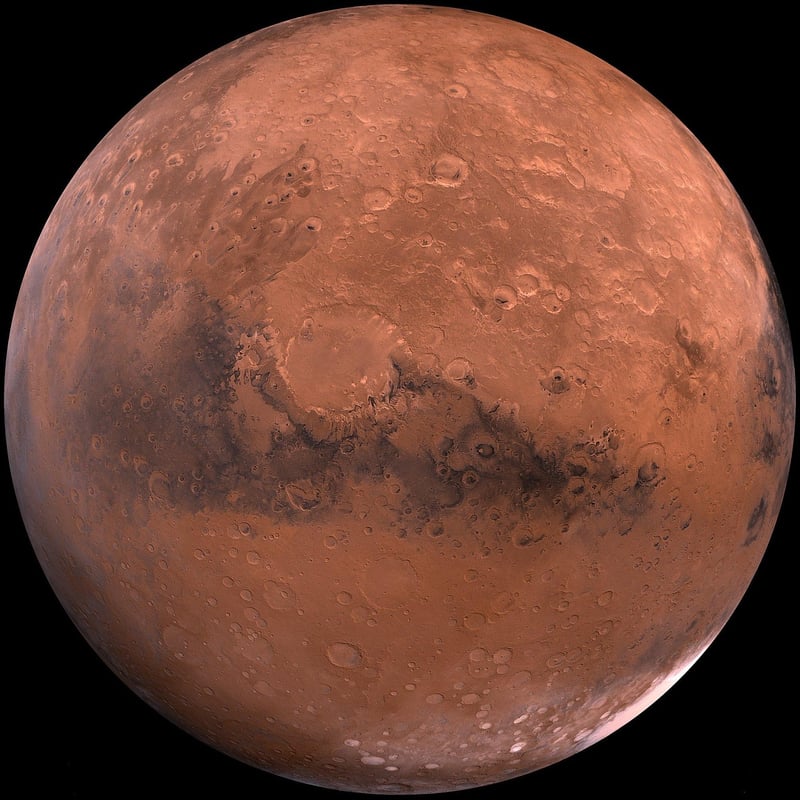Orbital Infrastructure
The Future of Space Exploration: Orbital Infrastructure
Space exploration has always been at the forefront of human innovation, pushing the boundaries of what is possible. In recent years, cutting-edge technology has revolutionized the way we think about space travel, with a particular focus on orbital infrastructure.
What is Orbital Infrastructure?
Orbital infrastructure refers to the network of satellites, space stations, and other facilities that orbit the Earth. These structures play a crucial role in communication, navigation, weather forecasting, and scientific research.
The Benefits of Orbital Infrastructure
1. Communication: Satellite networks enable global communication, allowing people from different parts of the world to connect instantly.
2. Navigation: GPS satellites provide accurate navigation services for a wide range of applications, from driving directions to military operations.
3. Earth Observation: Satellites equipped with advanced sensors monitor the Earth's surface, track weather patterns, and provide valuable data for agriculture, disaster response, and climate research.
4. Scientific Research: Space stations like the International Space Station (ISS) serve as laboratories for conducting experiments in microgravity, leading to discoveries in fields such as medicine, materials science, and biology.
The Role of Cutting-Edge Technology
Advancements in technology have played a significant role in enhancing orbital infrastructure:
- Satellite Miniaturization: Smaller, more efficient satellites are being deployed in larger numbers, expanding coverage and capabilities.
- Reusable Rockets: Companies like SpaceX have developed reusable rocket technology, reducing the cost of launching payloads into space.
- Autonomous Systems: AI and automation are being integrated into satellite operations, enabling more efficient data collection and transmission.
The Future of Orbital Infrastructure
As technology continues to advance, the future of orbital infrastructure looks promising:
1. Mega-Constellations: Companies are planning to launch mega-constellations of small satellites to provide global internet coverage and other services.
2. Space Tourism: Commercial companies are working on space tourism initiatives that could open up space travel to private individuals.
3. Deep Space Exploration: Orbital infrastructure will play a key role in supporting missions to the Moon, Mars, and beyond.
Conclusion
The combination of cutting-edge technology and orbital infrastructure is paving the way for a new era of space exploration. As we continue to push the boundaries of what is possible, the possibilities for discovery and innovation in space are endless.

